Luke Kalawsky
Luke Kalawsky has a passion for all things trees, plants, and landscape design. He has designed numerous landscapes as the head designer in the Surprise, Arizona region until he became a manager of our Central Phoenix Nursery. He now dedicates his knowledge, expertise, and creative capabilities to help the masses discover how to design, plant, and maintain their landscapes with his writings.
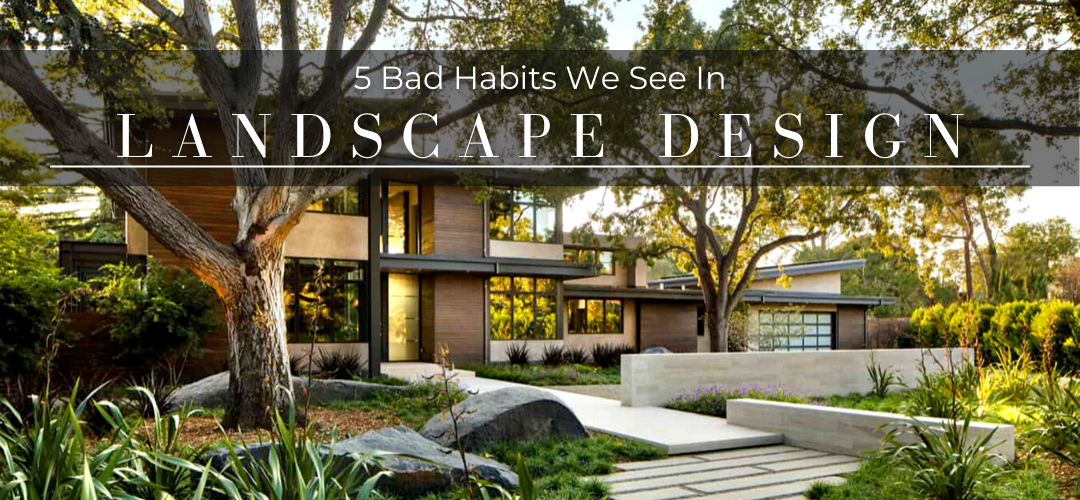
Our landscape designers are often called in to create beautiful yards for their client’s new homes, or to update an outdated or sparse landscape. There are many times, however, that our designers are asked to completely overhaul a landscape that was designed poorly. These complete makeovers are usually needed as the result of some bad habits currently plaguing yard designs. Read on to see the top 5 bad habits we see in landscape design and how to avoid them in your yard!
1. INADEQUATE TREE PLACEMENT
Many homeowners across the southwest look to cool down their homes with fast-growing shade trees. The placement of your shade trees is very important. You want to plant your trees at a location in the yard that will properly shade the area you are looking to cool. You also need to choose a tree variety that will fill the desired area with a good canopy of shade, while also taking into consideration the required watering and care needs of that tree.
RELATED: You can find more information on the top shade trees for our area here!
Below you can see the shade tree at this home does not provide adequate shade due to its placement in the yard. It is shading a portion of the lawn, leaving the home’s windows exposed to the sun. Take a look at the second picture and notice how a large majority of the home is shaded simply due to correct placement of the trees.
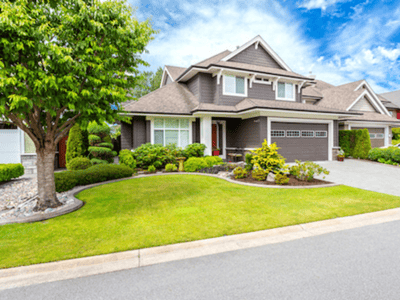
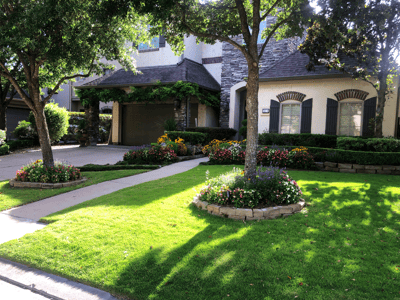
2. GAPS IN PRIVACY HEDGES
Privacy is a necessity in any home landscape and all too often we see hedge material planted with large gaps in the row. This causes large spaces preventing the hedge from creating real privacy. Many times we also see hedges that were planted with the intention to block the view of a neighbor’s second story window, but the trees or plants used are a variety that will never grow tall enough to achieve that goal.
RELATED: To see the best hedge material for our area, check out our Ultimate Guide to Privacy Hedges!
You can see in the pictures below an example of large gaps in the privacy hedge as well as a hedge that properly creates a thick privacy screen and blocks out the view of a nearby second story window.
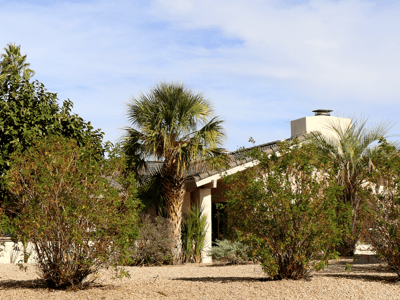
-1.png?width=400&name=Untitled%20design%20(24)-1.png)
3. TOO MUCH OR TOO LITTLE SUN
Most trees and plants need some level of sun exposure. Placing plants into your landscape design based on their exposure needs is an important part of getting your yard to look its best. A tree or plant receiving too much sun is likely to burn or even wither and die and will require far more water to counteract the heat. On the other hand, too little sun can limit the tree or plant from growing full, from producing flowers or fruit, and can be easily susceptible to over watering.
Notice the dead shrubs in the front of this landscape. They were tropical plants burnt by the high amounts of sun exposure and most likely did not receive enough water either.
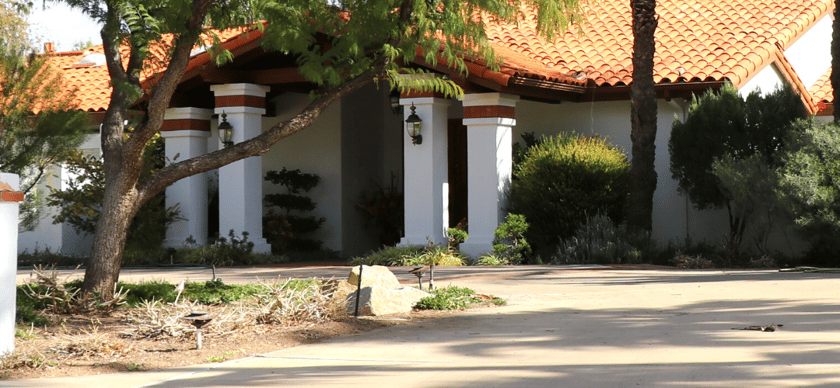
4. MISMATCHED WATERING
Ensuring your yard is designed around having trees and plants with similar watering needs near each other is an important part of having a sustainable, gorgeous landscape. When trees or plants with different water requirements are planted near each other, you run the risk of overwatering some while dehydrating the others.
This yard appears to be getting poor water as seen by the grass, and queen palm browning, notice the low water plants performing quite well however. This is a great example of why it is important to match plants with similar water needs near each other in your yard.
.png?width=840&name=5%20B%20A%20D%20H%20A%20B%20I%20T%20S%20(7).png)
5. MIXED STYLES
The final bad habit we see often is trees and plants that do not mix well together. This creates a cluttered look that takes away from the yard. Choosing trees and plants that work together thematically is a vital part of creating an attractive landscape design. You can see our Landscape Style Guides to see a selection of tree and plant varieties that compliment each other for a beautiful yard design.
RELATED: See our Landscape Style Guides here!
This yard is an example of mismatched styles. Notice the cacti mixed with pine trees and palms. The yard could use some maintenance but the choice in trees and plants conflicts with each other thematically.
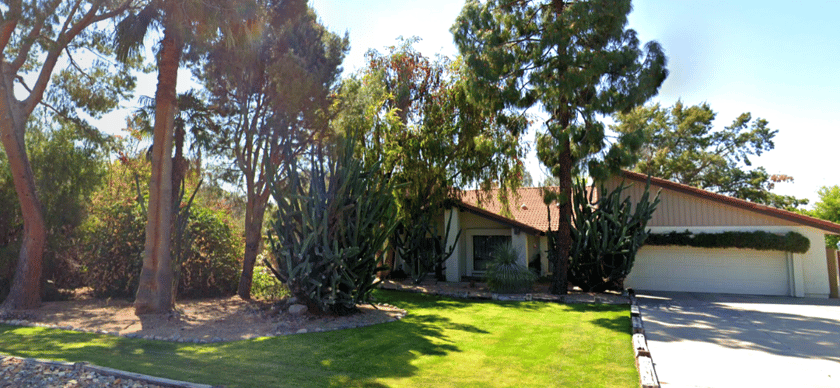
Here is an example of a landscape with a clearly defined tropical style. The yard is lush, interesting, and complete.
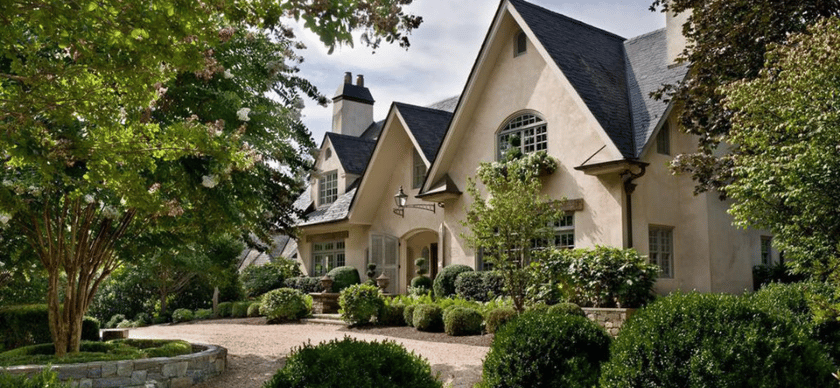
Our professional designers are experienced with creating incredible home landscapes and can take any yard, in any condition and produce the landscape of your dreams! To avoid these five bad habits in your yard and have an expertly crafted landscape of your own, schedule a free consult with one of our designers today!

Submit a Comment